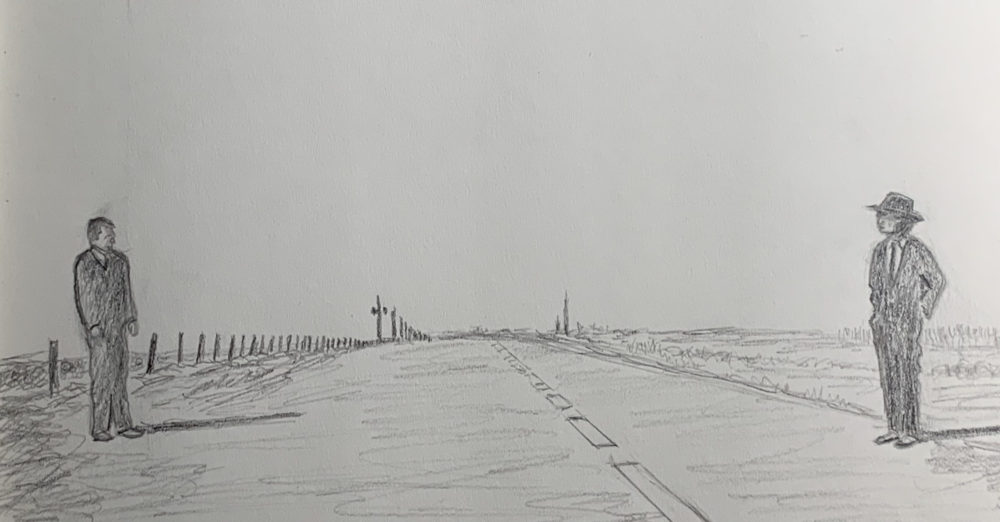 For obvious reasons, spies need to keep their messages secret. This is usually done by encrypting or ciphering a message. One method for encrypting is to use something called a one-time pad, invented by Frank Miller, a banker, CIvil War veteran and amateur cryptographer. Miller cooked up the one-time pad idea behind back in 1882 as a way to keep telegraph messages secret (Miller was a banker, so there was probably money involved, not state secrets).
For obvious reasons, spies need to keep their messages secret. This is usually done by encrypting or ciphering a message. One method for encrypting is to use something called a one-time pad, invented by Frank Miller, a banker, CIvil War veteran and amateur cryptographer. Miller cooked up the one-time pad idea behind back in 1882 as a way to keep telegraph messages secret (Miller was a banker, so there was probably money involved, not state secrets).
A one-time pad is a random crypto-key that is only used once. Both the sender and the recipient have the key, often in the form of a pad of paper. Each sheet on the pad is a different random number key. The two sides must have an agreed upon protocol for how the sheets are used, i.e., on July 9, use sheet #1 and then move on to the next sheet each day (you’ll need a thick pad of crypto sheets!).
You, as a spy, encrypt your message using sheet #1 and then transmit that message to your headquarters. They then use sheet #1 on their duplicate pad to decrypt your message. Both of you tear sheet #1 off the pad and destroy it. The next day, you use sheet #2, which has a different arrangement of random letters or numbers. This is what makes a one-time pad so secure: instead of sending a stream of messages with the same encryption scheme, you change the scheme every day. There is no pattern for code crackers to latch onto.
In my upcoming Perry Helion thriller, The Ceres Plague, Dr. Taylor Crandee is in Federal custody, working on special viral products at a government lab. His compatriots outside the lab send him messages using a freely available one time pad: the daily NY Times crossword puzzle. For more on how it works, grab The Ceres Plague later this year.
In the meantime, catch up on Perry Helion’s first battle with Dr. Crandee in Antarctica in The Atlas Fracture.
Steve Konkoly, author of Blacked Flagged Vektor, on The Atlas Fracture
